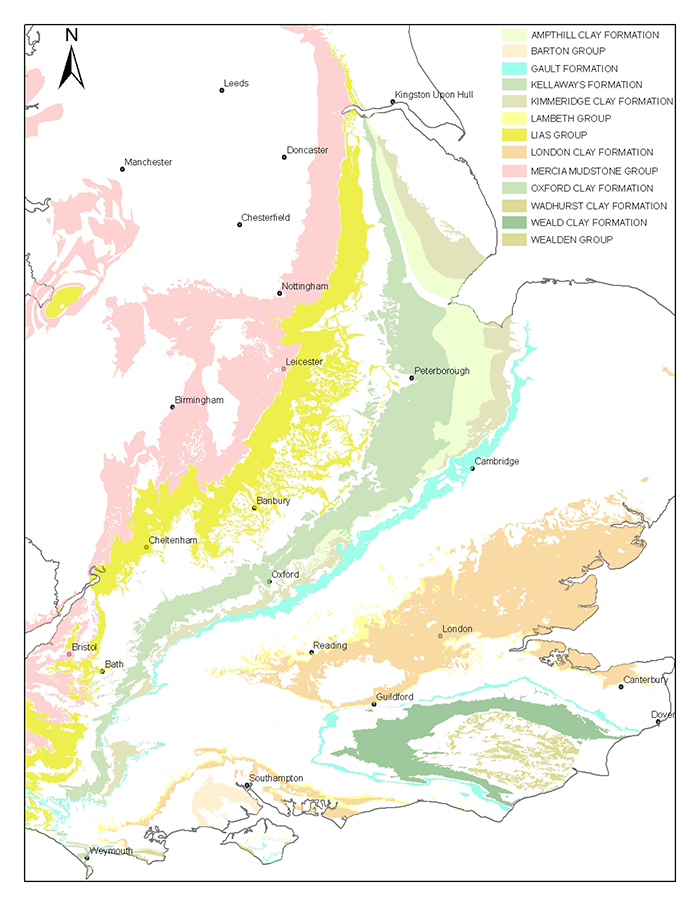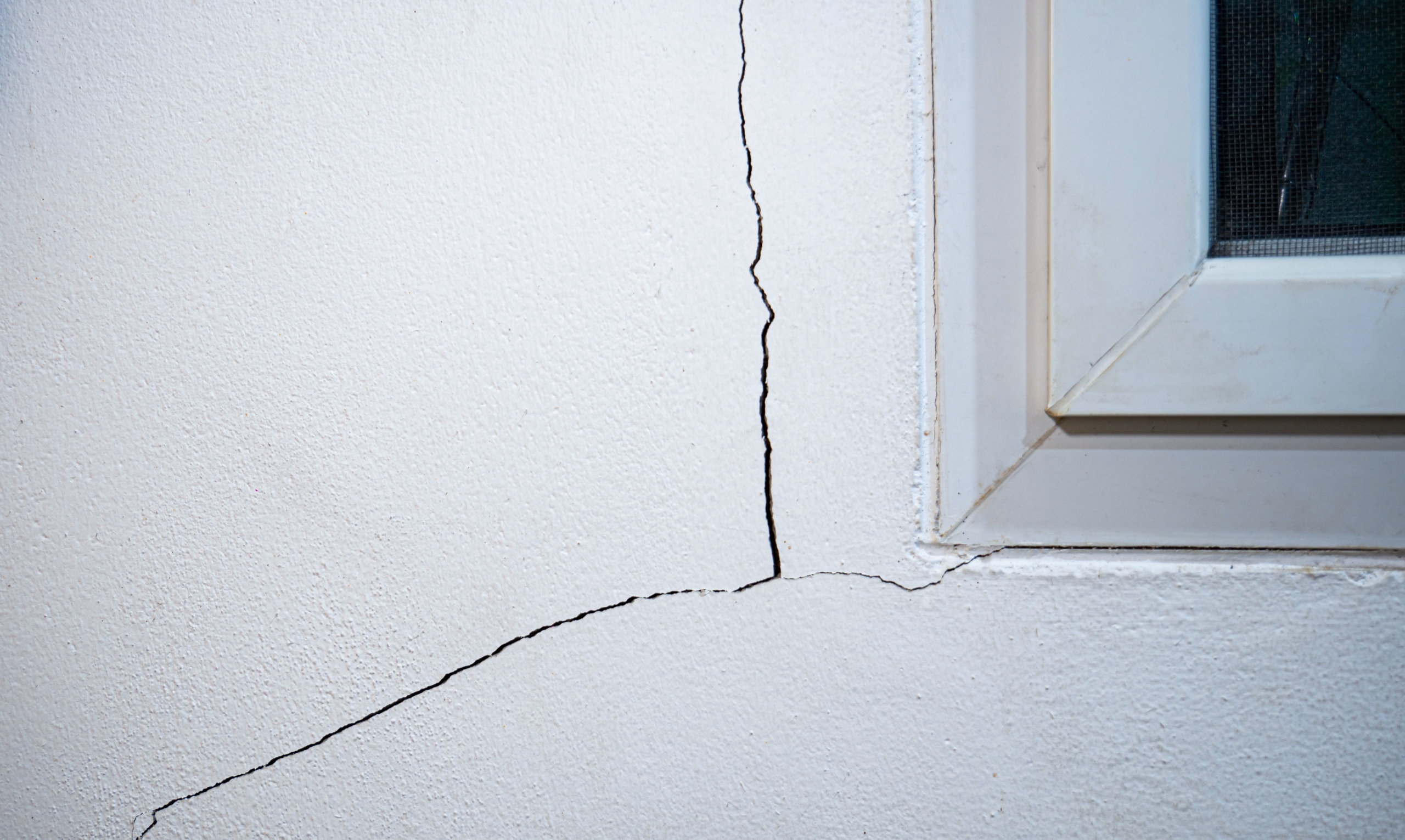
In the world of property ownership and maintenance, a key aspect is the Certificate of Structural Adequacy (CSA).
Subsidence worries many homeowners, especially after hot, dry summers. This guide explains what subsidence is, why and where it happens, how to spot it, what to do next, and how it affects insurance and property value. It also points you to reliable sources for checking local risk and reporting issues.
Subsidence is the downward movement of a building’s foundations due to changes in the supporting ground. It differs from settlement, which is expected shortly after construction, and from heave, which is upward movement often after tree removal or soil re-wetting.
Common UK triggers:
Risk is higher where shrinkable clays are present near the surface, especially across London and the South-East on London Clay, and where large trees are close to buildings. The British Geological Survey (BGS) maintains national GeoSure datasets that map shrink–swell susceptibility and related ground hazards.

BGS modelling also suggests climate change is likely to increase clay-related subsidence pressures over the coming decades.
Frequency varies year by year with weather. Measured by insurance activity:
These figures show subsidence is episodic, often spiking after hot, dry seasons.

Look for a pattern rather than a single blemish:
Your insurer or appointed engineer will recommend the least invasive effective option. Average claim costs vary by year. Many claims are resolved without underpinning.
Yes, it can. Devaluation depends on severity, cause, quality of repair, warranty length and monitoring records. Well-documented, engineered repairs with completion certificates and transferable guarantees typically reduce the impact at resale compared with unresolved or recurring movement. A surveyor can advise for your property and local market.
Yes. Useful sources when buying, selling or managing risk:
Diagonal, tapered cracks wider than about 3 mm, sticking doors or windows, rucking wallpaper and gaps at skirtings are typical red flags. Get a surveyor to confirm.
Homes with shallow Victorian or Edwardian foundations on shrinkable clay, especially near mature trees, are commonly affected after dry summers.
Most buildings policies include it, but terms, excesses and exclusions vary. Report concerns early and follow your insurer’s process before repairs.
Yes. Removing large trees on clay can cause heave as soils re-swell. Seek professional advice and council consent if the tree is protected.
Many cases require monitoring over seasons to confirm stability before final repairs. Timelines depend on cause and evidence thresholds set by engineers and insurers.
Order conveyancing searches and consider a BGS GeoSure-based report. In former coalfields, include a Coal Authority mining search. Commission an RICS surveyor to interpret findings.

In the world of property ownership and maintenance, a key aspect is the Certificate of Structural Adequacy (CSA).